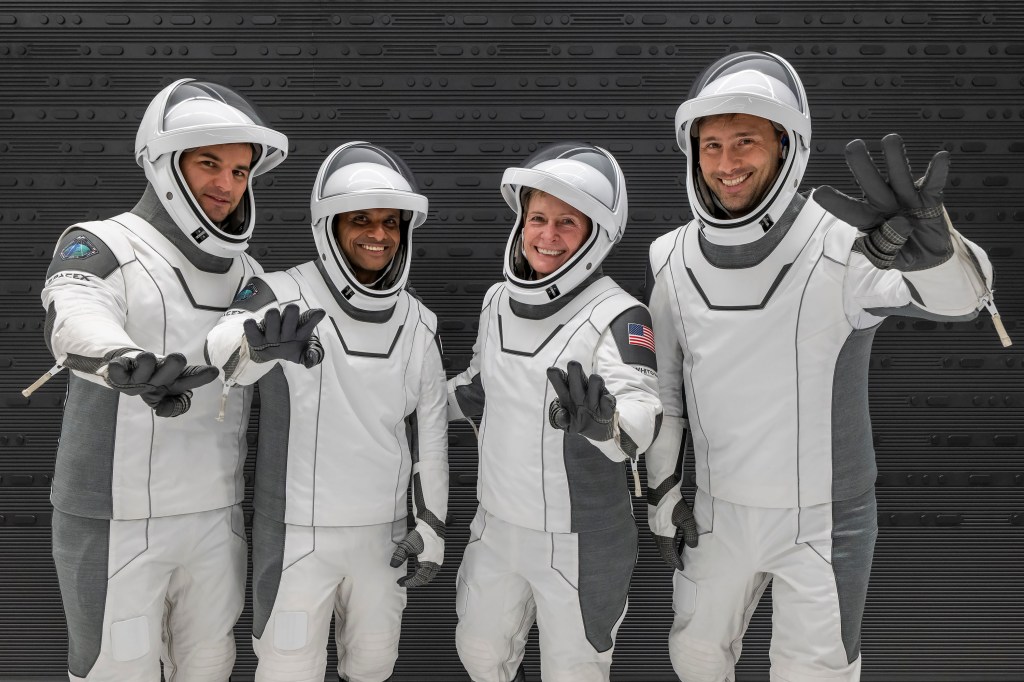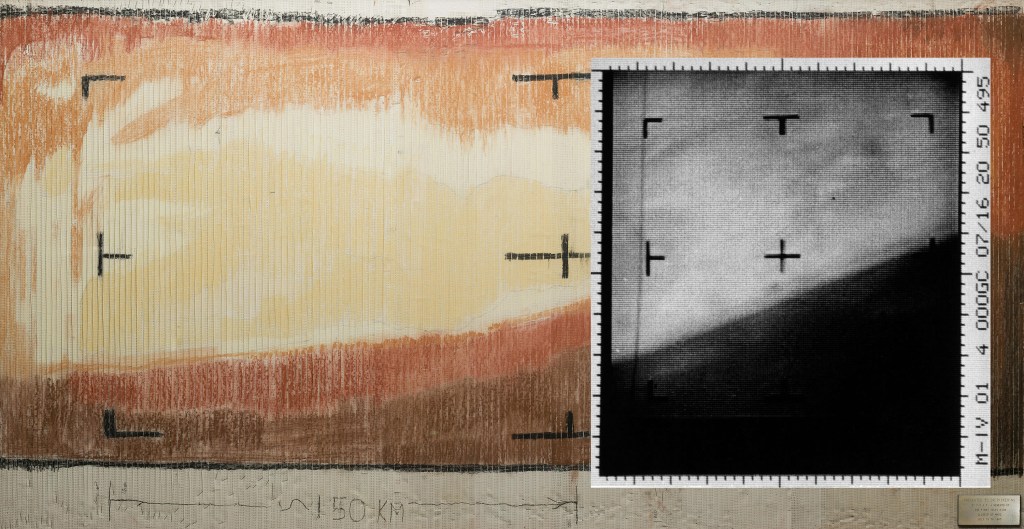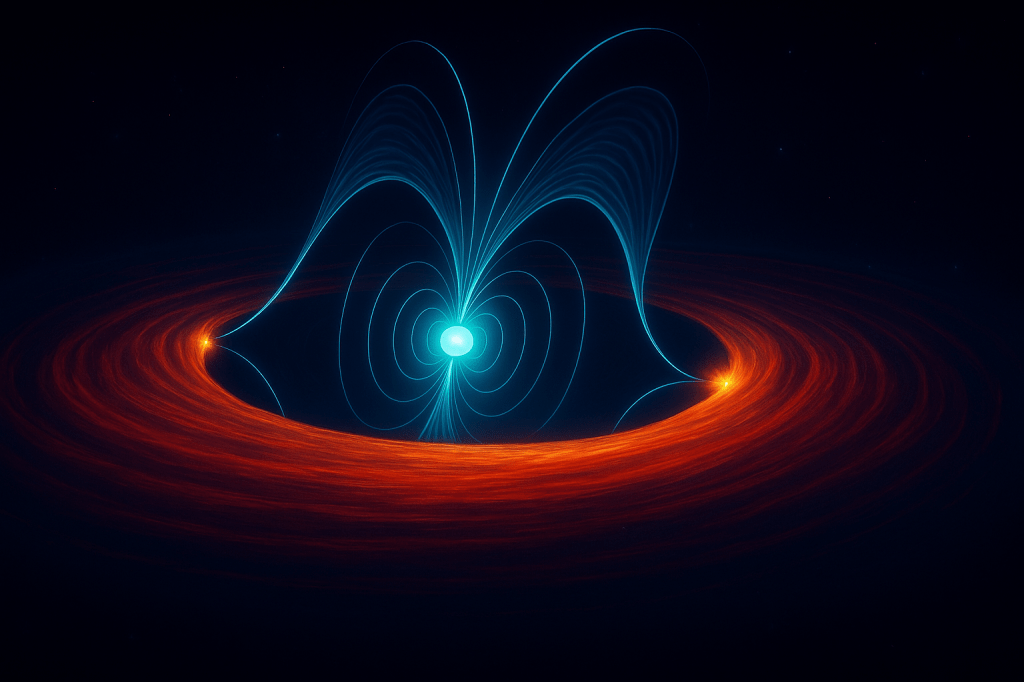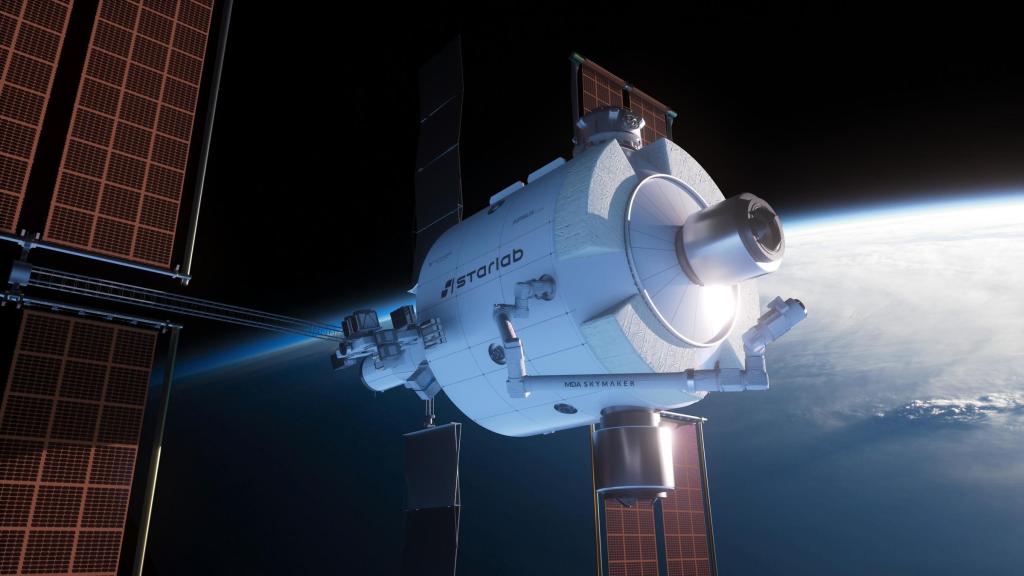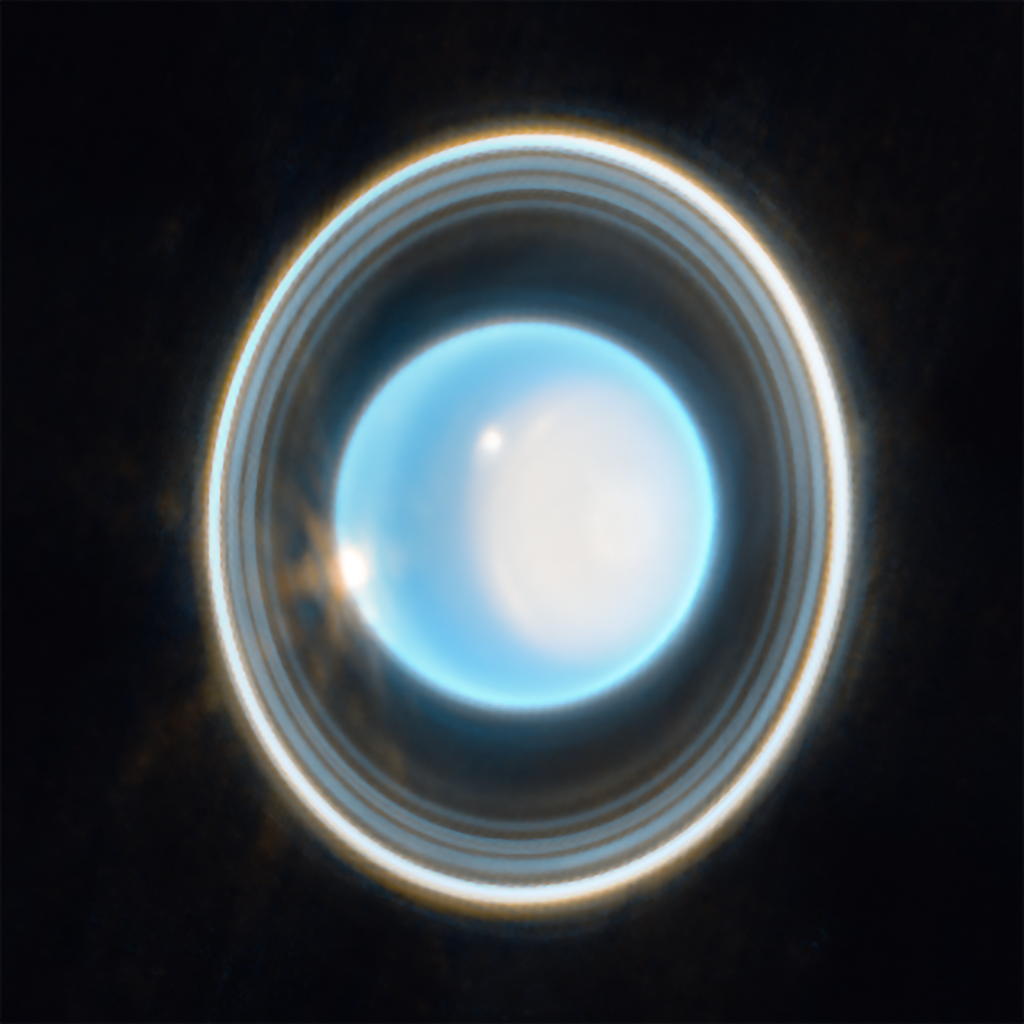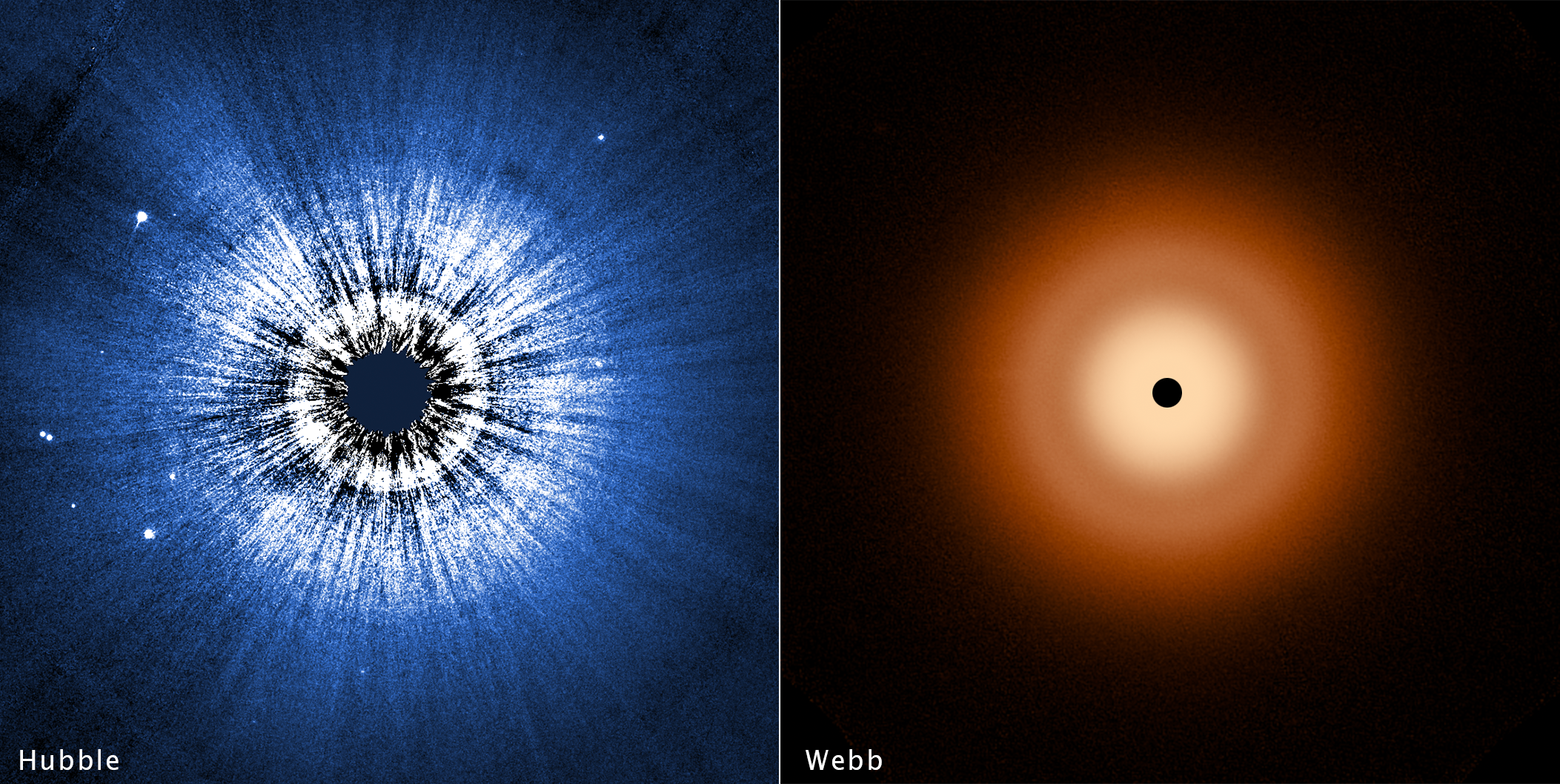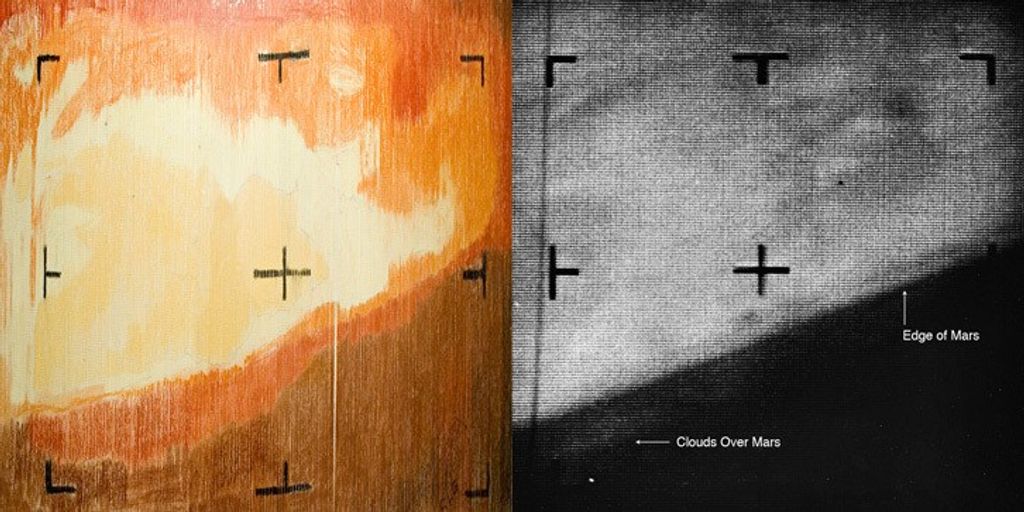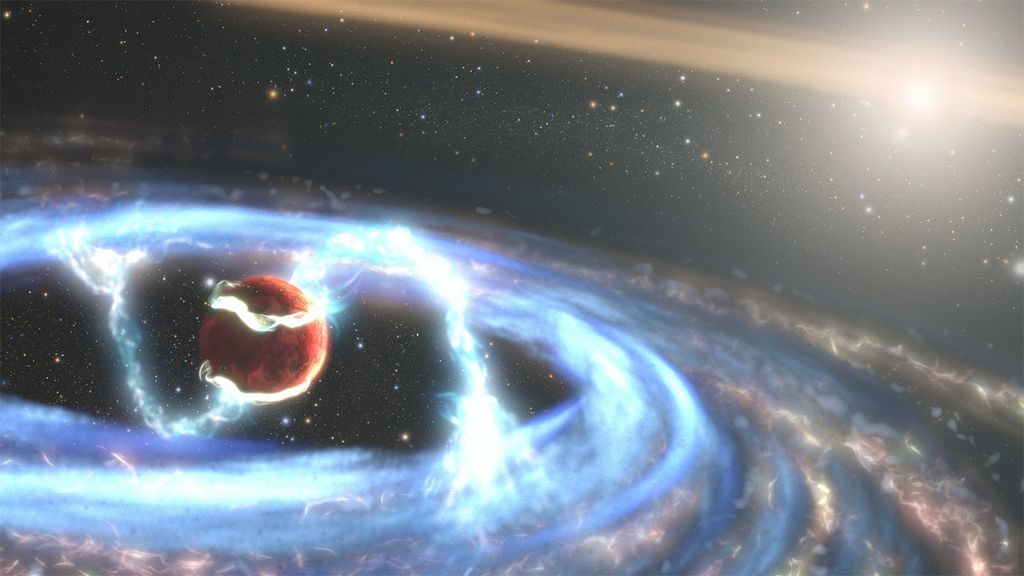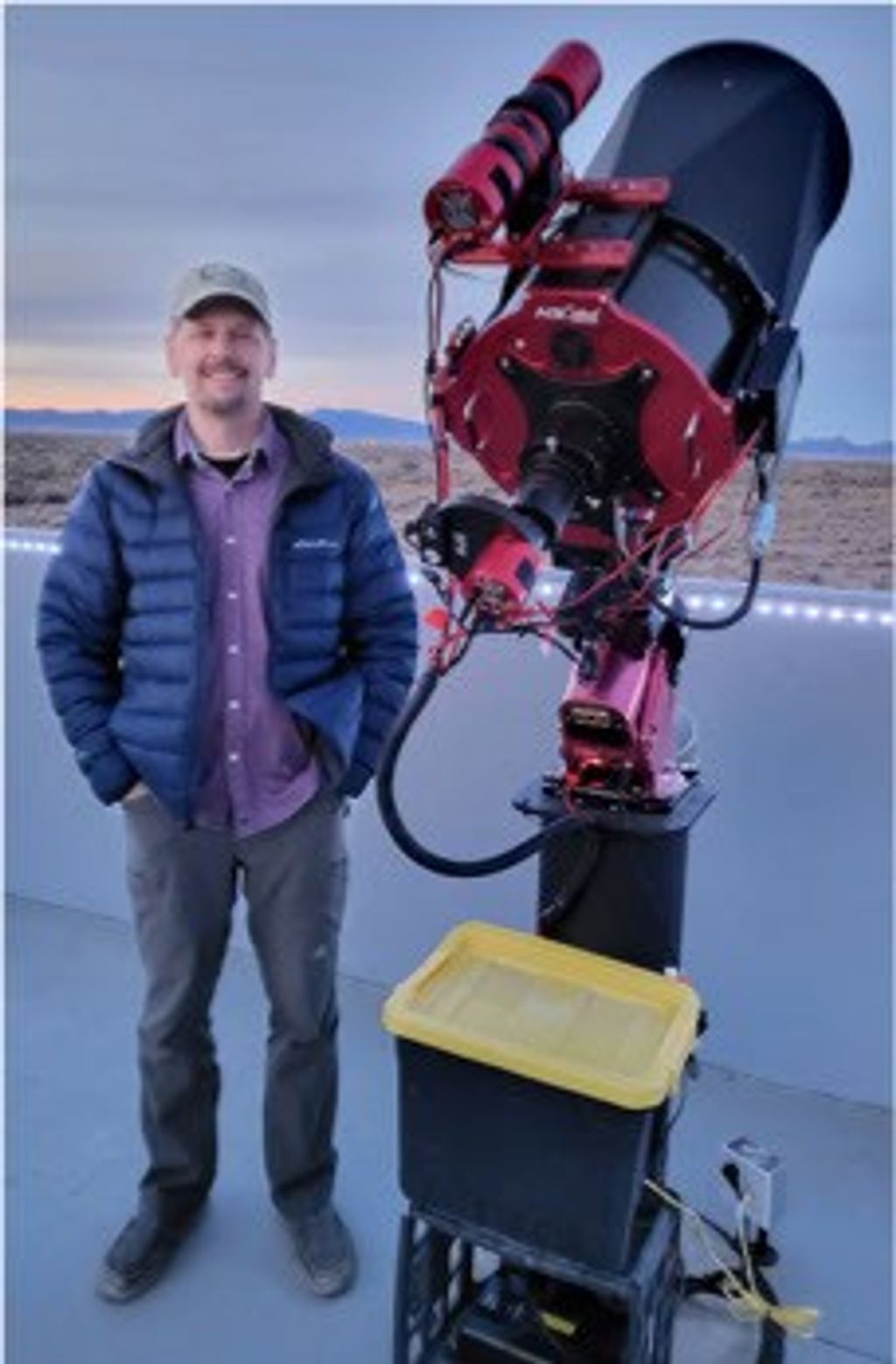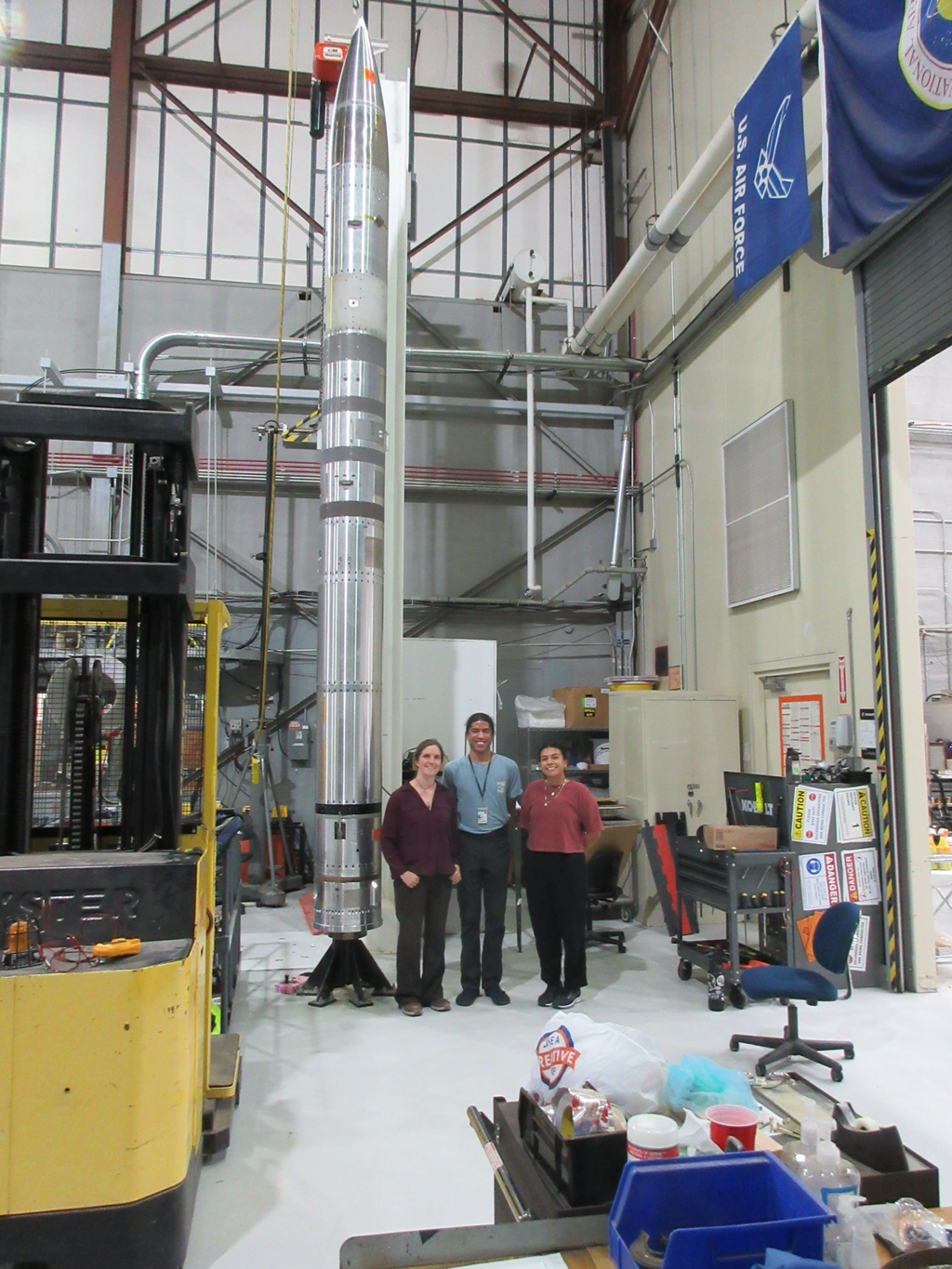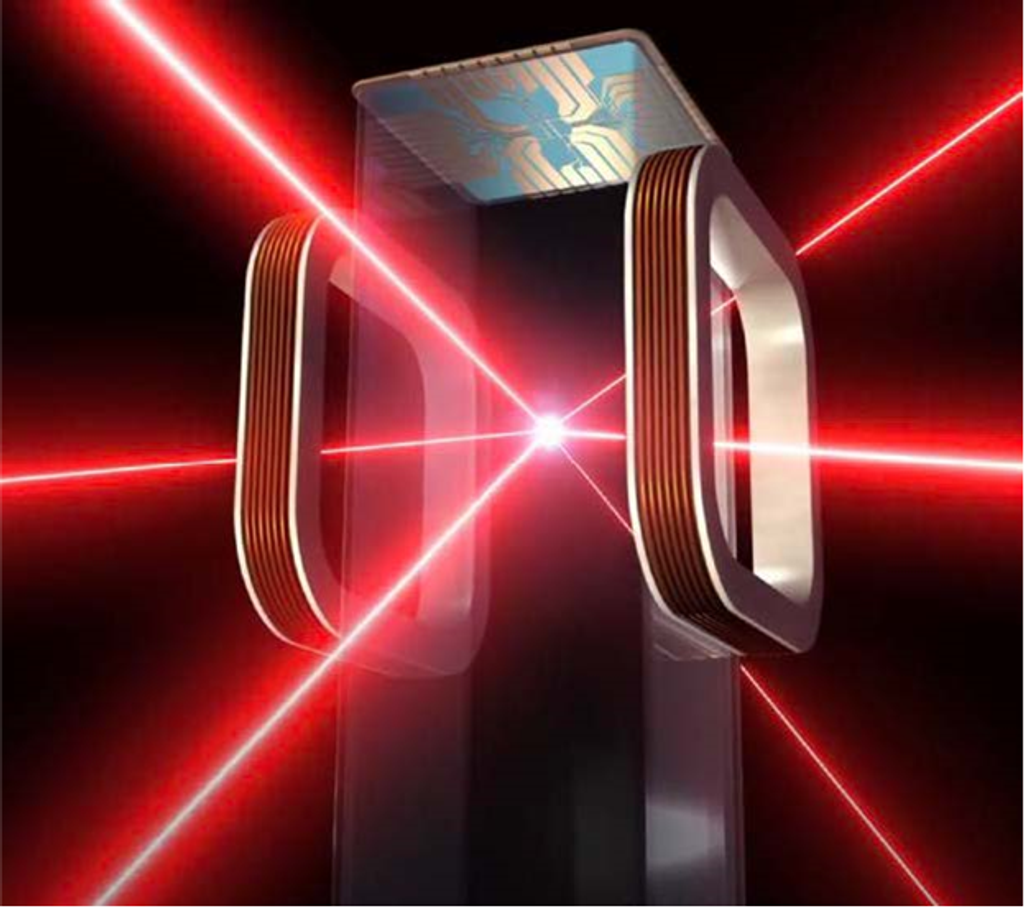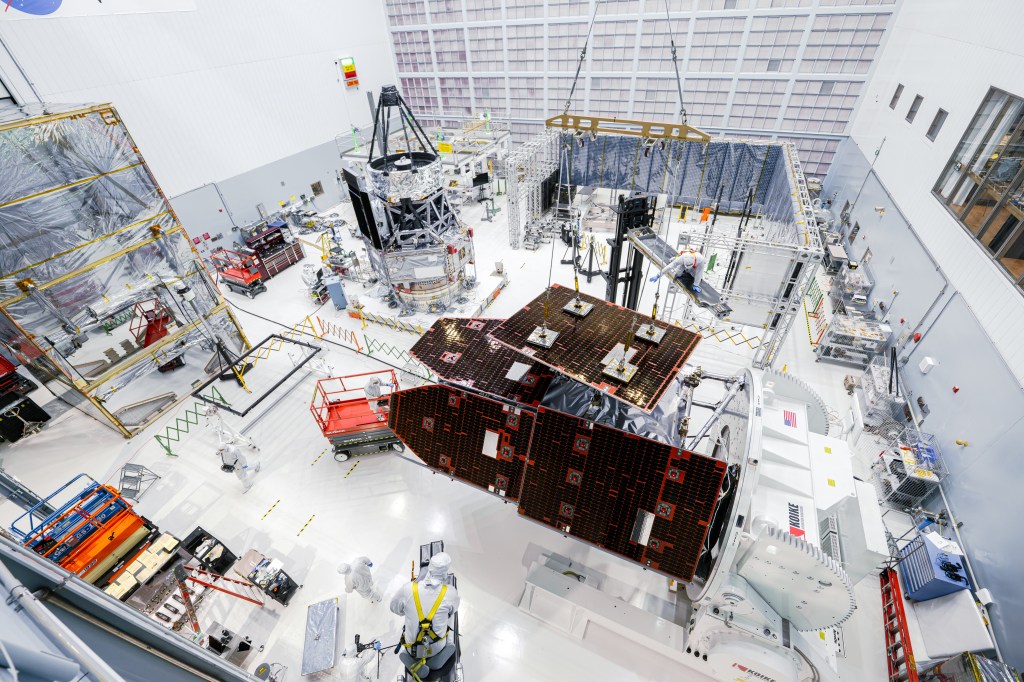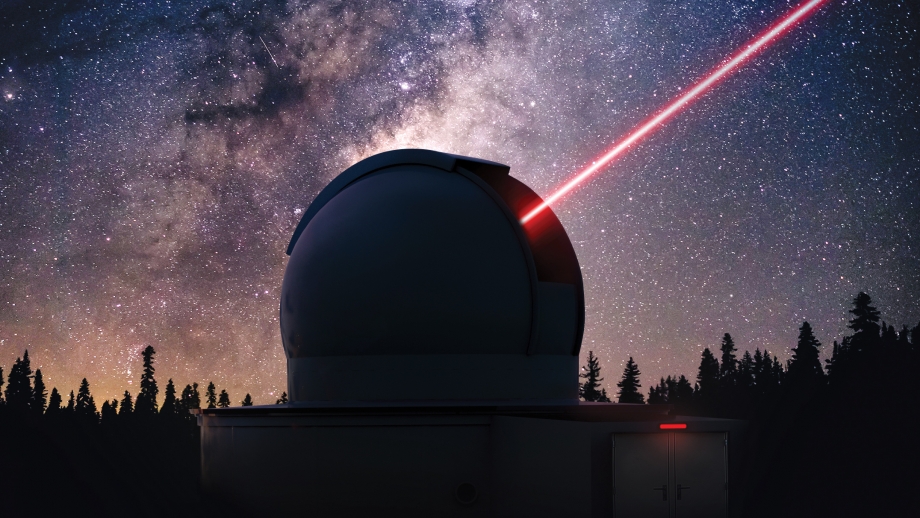1 min read
HR 4796A Stellar Dust Disk

Huge System of Dusty Material Enveloping the Young Star HR 4796A
This is a Hubble Space Telescope photo of a vast, complex dust structure, about 150 billion miles across, enveloping the young star HR 4796A. A bright, narrow inner ring of dust is already known to encircle the star and may have been corralled by the gravitational pull of an unseen giant planet. This newly discovered huge dust structure around the system may have implications for what this yet-unseen planetary system looks like around the 8-million-year-old star, which is in its formative years of planet construction. The debris field of very fine dust was likely created from collisions among developing infant planets near the star, evidenced by a bright ring of dusty debris seen 7 billion miles from the star. The pressure of starlight from the star, which is 23 times more luminous than the Sun, then expelled the dust far into space.
About the Object
- R.A. PositionR.A. PositionRight ascension – analogous to longitude – is one component of an object's position.12:36:01.03
- Dec. PositionDec. PositionDeclination – analogous to latitude – is one component of an object's position.-39:52:10.23
- ConstellationConstellationOne of 88 recognized regions of the celestial sphere in which the object appears.Centaurus
- DistanceDistanceThe physical distance from Earth to the astronomical object. Distances within our solar system are usually measured in Astronomical Units (AU). Distances between stars are usually measured in light-years. Interstellar distances can also be measured in parsecs.237 light-years
- DimensionsDimensionsThe physical size of the object or the apparent angle it subtends on the sky.Image is about 23 arc seconds across (about 0.03 light-years)
About the Data
- Data DescriptionData DescriptionProposal: A description of the observations, their scientific justification, and the links to the data available in the science archive.
Science Team: The astronomers who planned the observations and analyzed the data. "PI" refers to the Principal Investigator.The HST observations include those from program 13786 (G. Schneider) - InstrumentInstrumentThe science instrument used to produce the data.STIS/CCD
- Exposure DatesExposure DatesThe date(s) that the telescope made its observations and the total exposure time.January - July 2015
- Object NameObject NameA name or catalog number that astronomers use to identify an astronomical object.HR 4796A
- Object DescriptionObject DescriptionThe type of astronomical object.Dusty disk surrounding young star HR 4796A
- Release DateMarch 6, 2018
- Science ReleaseHubble Finds Huge System of Dusty Material Enveloping the Young Star HR 4796A
- Credit

These images are a composite of separate exposures acquired by the STIS/CCD instrument on the Hubble Space Telescope. The color results from assigning the color blue to a monochromatic (grayscale) image.
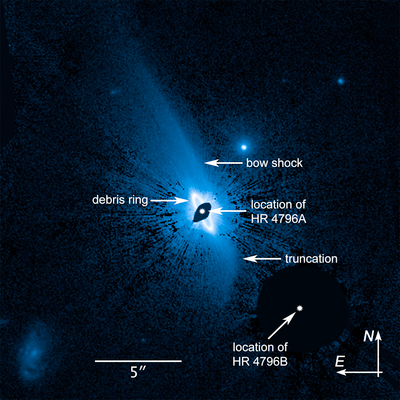
Share
Details
Claire Andreoli
NASA’s Goddard Space Flight Center
Greenbelt, Maryland
claire.andreoli@nasa.gov


